The weather is an absolutely fascinating topic to explore with children! From climate and temperature, to hurricanes, tornadoes, and snowstorms, there are so many interesting topics to dive into. In my Weather Family Unit Study, we learn all about those topics and more. In fact, these 10 Children’s Books About Weather are the suggested books for each topic in my Weather Family Unit Study!
If you are new here, let me explain. Each month, I release a brand new Family Unit Study, which is perfect for the whole family to enjoy together, as the activities work for all children aged 6-12 years old. In fact, most of the activities work perfectly for younger children, too!
Each Unit Study covers 10 topics, and each of those 10 topics includes:
- An interesting fact and discussion question
- Informative readings at your fingertips
- A hands-on activity with materials you already have at home
- ‘What’s Happening’ information to accompany your hands-on activity
- A curated YouTube video
- A math word problem or literacy prompt
- AND a suggested book that fits that topic!
Grab a sample and take a peek inside my Stars and Constellations Unit Study! You can also see the entire collection of Unit Studies available in my shop right here: https://shop.howweelearn.com/collections/family-unit-studies-1
I just know you are going to love this Weather Unit Study! Have a peek, and get immediate access, right here:
Today, I thought I would share with you the 10 topics we cover with our Weather Family Unit Study, and 10 Children’s Books About Weather that beautifully fit each topic.
I strongly suggest you get these books from the library if you are able to. I have also included my Amazon affiliate links below, in case you would like to add them to your personal library.
Are you ready to see the 10 children’s books about weather?! Here we go!
10 Children’s Books About Weather
Topic 1: Climate
Climate means the usual conditions of the temperature, wind, rainfall, and other meteorological elements in an area on Earth. Climate is like weather, but over a long period of time. There are five main climate zones: Tropical, Dry, Temperate, Continental and Polar. Let’s explore…
Book Selection: See Inside Weather and Climate by Katie Daynes
An interactive overview of all things weather, including a visit to climates around the world.
Topic 2: Temperature
Temperature is a measurement of how hot or cold something is. We can measure temperature using a thermometer in degrees on the Fahrenheit, Celsius, and Kelvin scales. When we measure temperature, we are really measuring how fast the atoms of a substance are moving. Let’s explore…
Book Selection: What is Temperature? by Robin Johnson
Temperature is a measure of how hot or cold something is. Temperature affects our lives – from the clothes we wear to the activities we do. This engaging and entertaining title inspires a solid understanding of this essential concept. Readers also discover how a thermometer is used to measure temperature using units called degrees.
Topic 3: The Water Cycle
All water moves around Earth in different states. Water can be found in liquid form in rivers, lakes, ponds, and puddles and it can be found in a frozen state in ice and snow. Water also exists as vapor, which is a gas, in the atmosphere. Water flows from one state to another in a cycle. Let’s explore…
Book Selection: The Magic School Bus Wet All Over by Pat Relf and Carolyn Bracken
Readers are invited to join Ms. Frizzle and her class on a wet and wild Magic School Bus ride through the water cycle that enables them to experience the processes of evaporation, condensation, and rain.
Topic 4: Clouds
Clouds are formed when warm air containing water vapor rises then cools. When warm air cools, the water vapor in the air turns into tiny water droplets or ice crystals. When enough of these water droplets or ice crystals form together, they make a cloud. Let’s explore…
Book Selection: The Kids’ Book of Clouds & Sky by Frank Staub
Why is the sky blue? How high are the clouds? What causes lightning and thunder? Can you find the end of the rainbow? Written in a concise, reader-friendly question-and-answer format, this informative guide is illustrated with hundreds of captivating photographs. Now kids can find the answers to dozens of questions about the natural wonders of the sky and weather. They’ll learn about various weather conditions, including humidity, fog, and storms, and be introduced to the different types of clouds, including cumulus, cirrus, and stratus. Clouds that can be mistaken for flying saucers, the white “clouds” that appear behind jet planes, and other celestial phenomena such as the Northern and Southern Lights, shooting stars, and rainbows are also explained. A wonderful resource for curious kids!
Topic 5: Forces and Winds
The sun warms up the Earth, but some places and landforms get more sun than others, which makes some places warmer than others. As the air gets warmer, it weighs less than the cold air making it rise up. Cold air then comes in to replace this warm air, causing wind! Let’s explore…
Book Selection: Feel the Wind by Arthur Dorros
Air is always moving. We can’t see air moving, though we can watch it push clouds across the sky, or shake the leaves of a tree. We call moving air the wind. In this clear and appealing science book for early elementary age kids, both at home and in the classroom, Arthur Dorros shows how to make your own weather vane, and in simple terms, with playful illustrations, he explains just what makes the wind that blows all around us.
Topic 6: Thunder and Lightning
We’ve all heard and seen it, but what really is thunder and lightning? Lightning is a spark of electricity produced from a thunderstorm. Frozen water in thunderclouds bump together, building up static charge in the cloud, and pretty soon—zap! Lightning strikes! And thunder? Well that’s just the sound caused by lightning. Let’s explore…
Book Selection: Lightning by Seymour Simon
Get an up-close look at lightning with bright photos and detailed information.
Topic 7: Tornadoes
Tornadoes form when there is a sudden change of weather—more specifically, when warm, wet air collides with cool, dry air. The warm air rises through the cold air, almost creating a vacuum. When this air reaches the ground, it becomes a tornado. Let’s explore…
Book Selection: Tornadoes! by Gail Gibbons
What in the world is a tornado? In this age of extreme weather, this newly updated edition of Gail Gibbons’ informative introduction to tornadoes, with safety tips included, answers that question.
Topic 8: Hurricanes
A hurricane is a huge storm that forms by gathering heat and energy from warm ocean water. Hurricanes rotate around an ‘eye’ in the center of the storm. The eye of the storm is calm and quiet, while the surrounding wind and weather can be very fast and damaging. Let’s explore…
Book Selection: The Magic School Bus Inside a Hurricane by Joanna Cole
Count on Ms. Frizzle to teach anything but an ordinary lesson on meteorology. Flying through the clouds in the Magic School Bus, Ms. Frizzle’s class experiences a hurricane-and even a tornado-firsthand. During their thrilling ride through the sky, Arnold gets lost! Will the Friz be able to save the day this time?
Topic 9: Snow
Clouds are full of moisture and water particles. When it is very cold, those water particles turn to ice particles and can start to stick together. When they get heavy enough, they fall from the clouds as snow. Every snowflake is unique, symmetrical, and takes on a hexagonal (six-sided) shape. Let’s explore…
Book Selection: The Story of Snow: The Science of Winter’s Wonder by Jon Nelson Ph.D., Mark Cassino
How do snow crystals form? What shapes can they take? Are no two snow crystals alike? These questions and more are answered inside this exploration of the science of snow, featuring photos of real snow crystals in all their beautiful diversity. Perfect for reading on winter days, this book by a nature photographer and a snow scientist will inspire wonder and curiosity about the marvels of snow. Snowflake-catching instructions are also included for aspiring young snow scientists!
Topic 10: Weather Forecasting
Meteorologists are scientists who use tools to gather information about the atmosphere, temperature, humidity, and wind to predict future weather. One of these tools, called a weather vane, shows us the wind direction. Let’s explore…
Book Selection: The Kids’ Book of Weather Forecasting by Mark Breen
With experiments, observations and activities children ages seven to thirteen will learn to predict the weather by understanding the science behind it. From foggy mornings to sunny afternoons to our changing seasons, weather forecasting is a year-round, practical science that children will have fun learning about.
And there you have it, my friend, 10 Children’s Books About Weather!
xo
Sarah
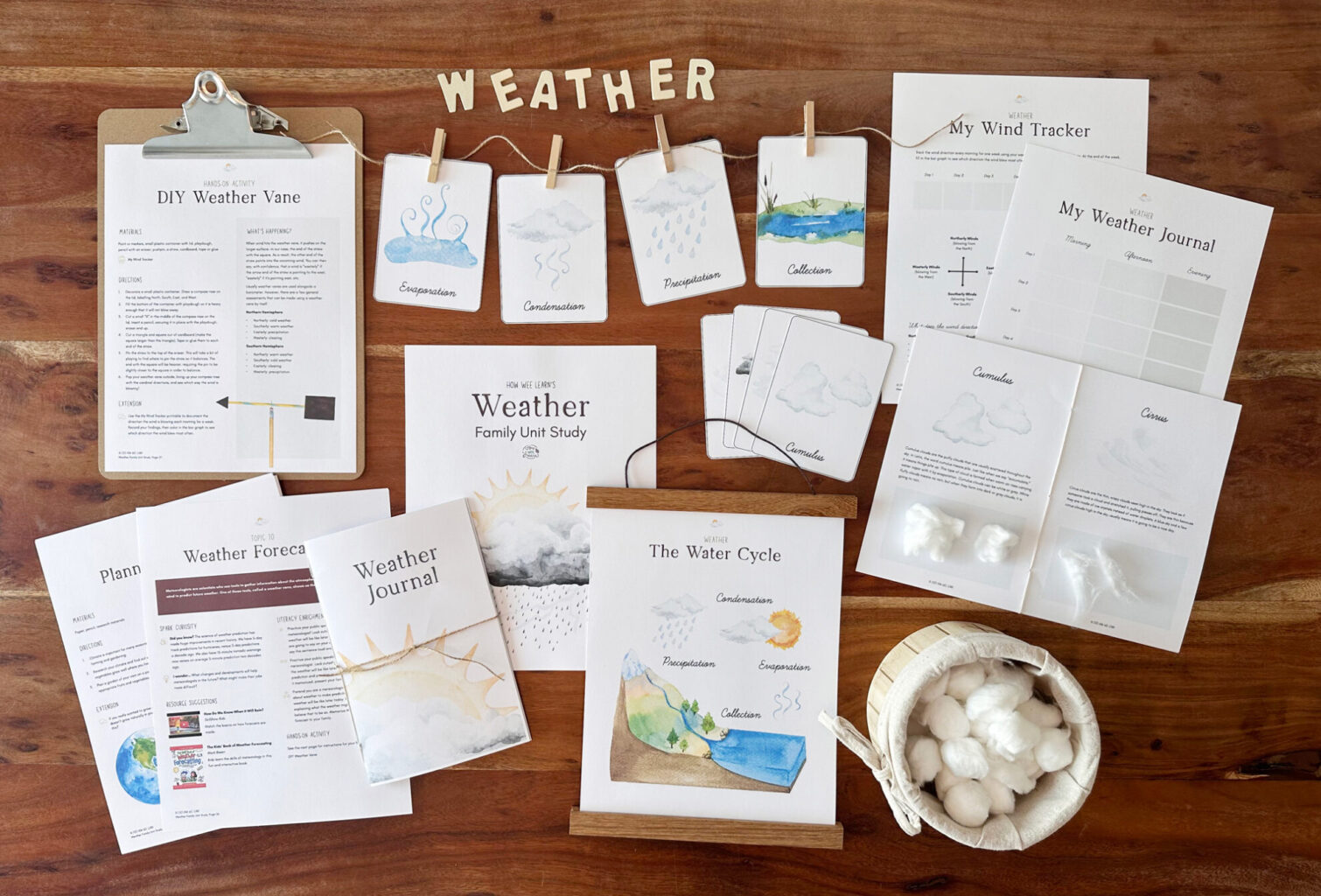
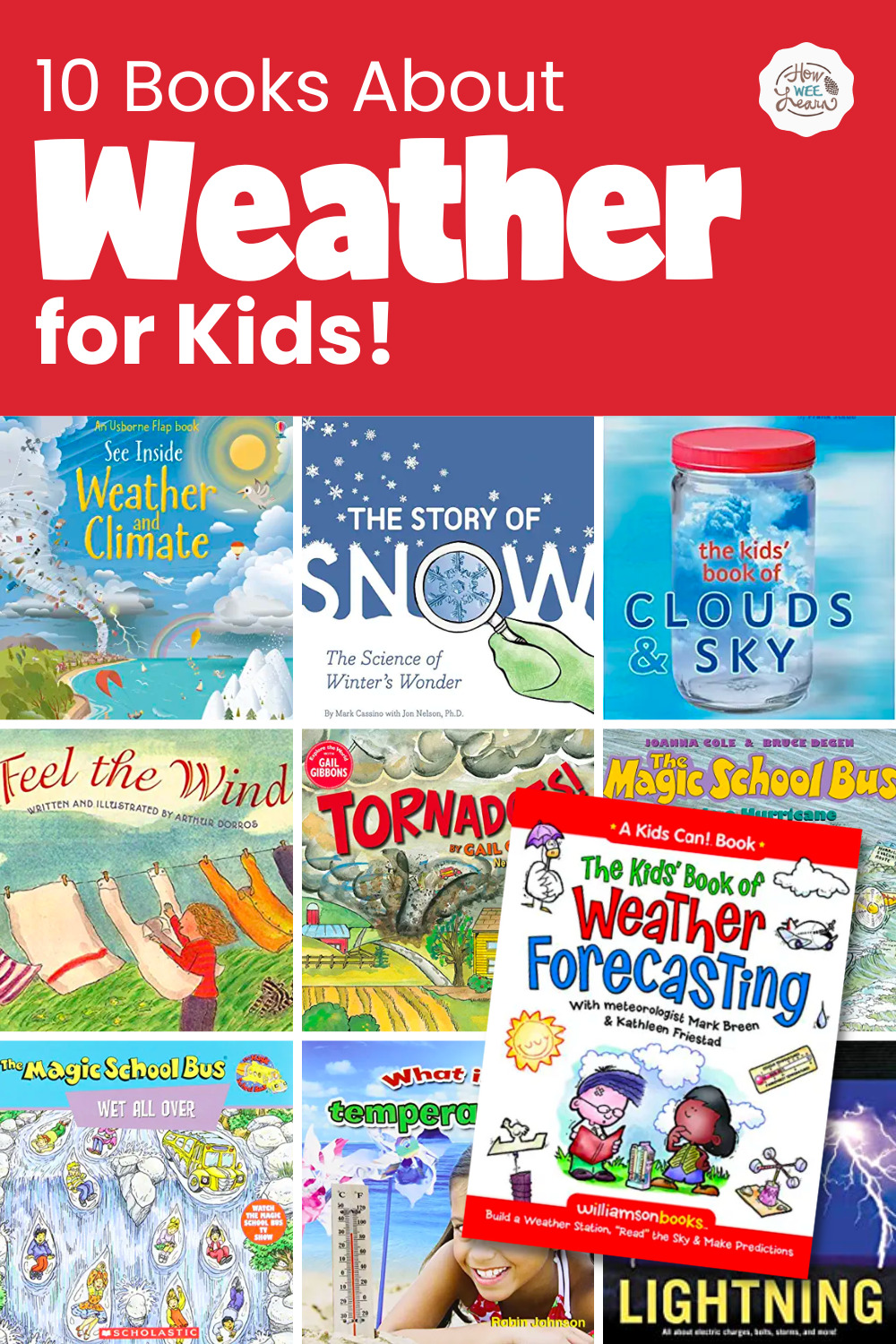










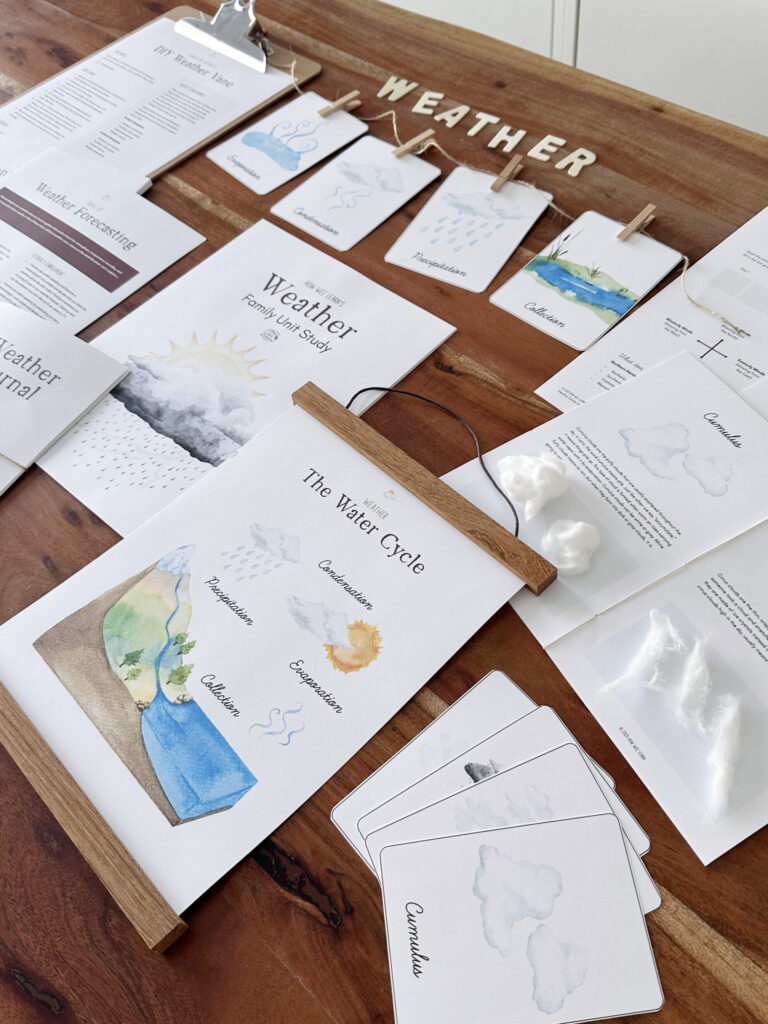
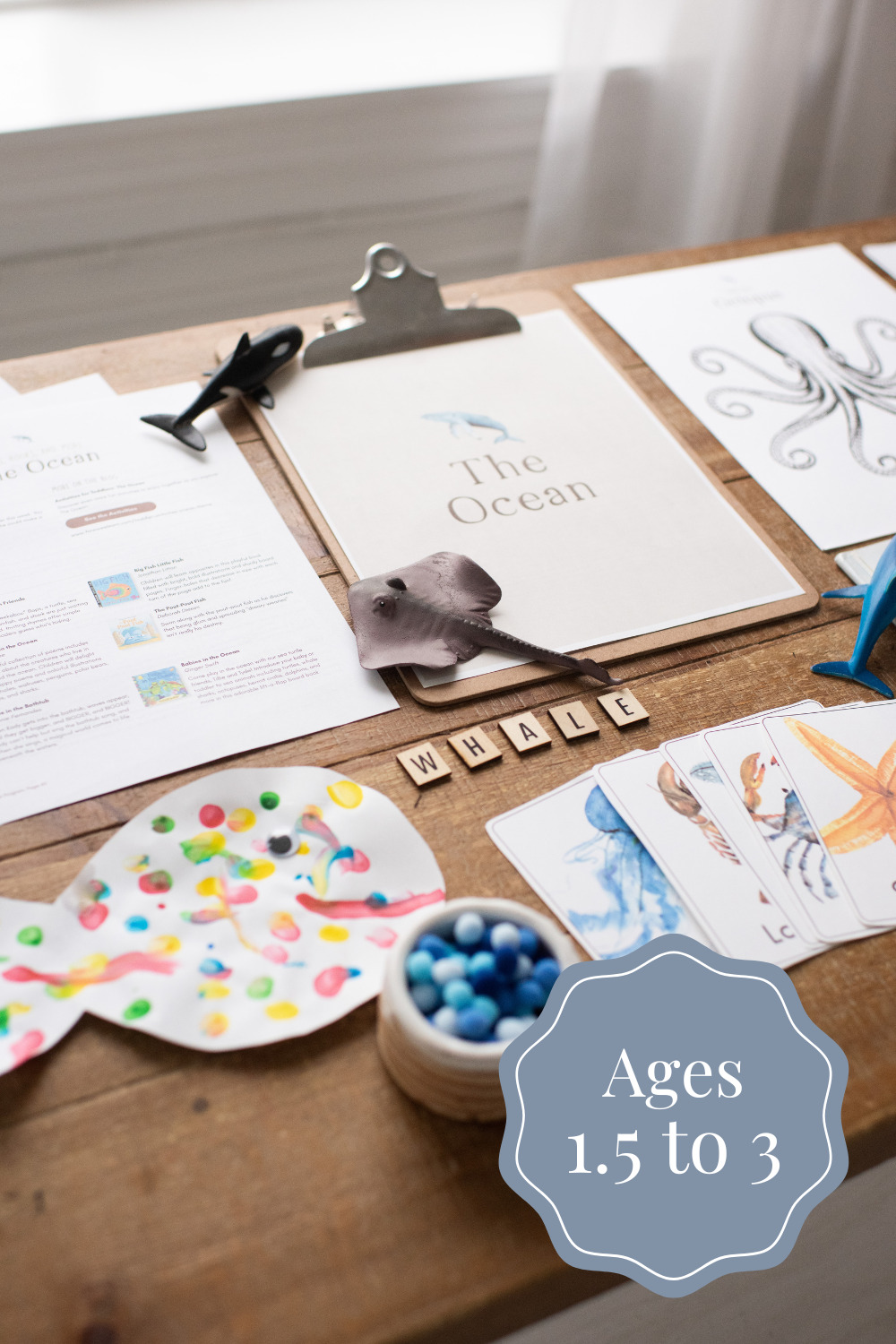
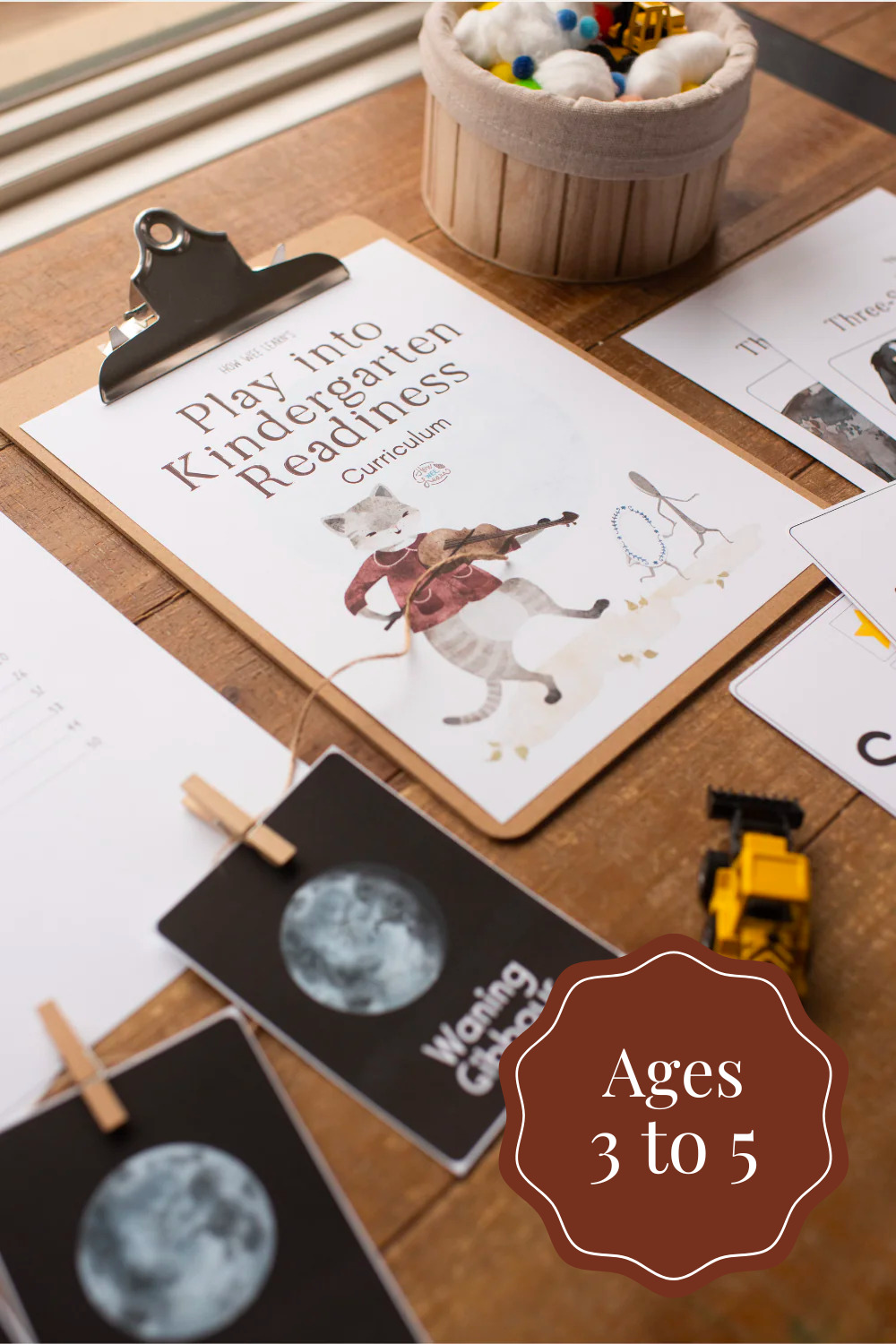

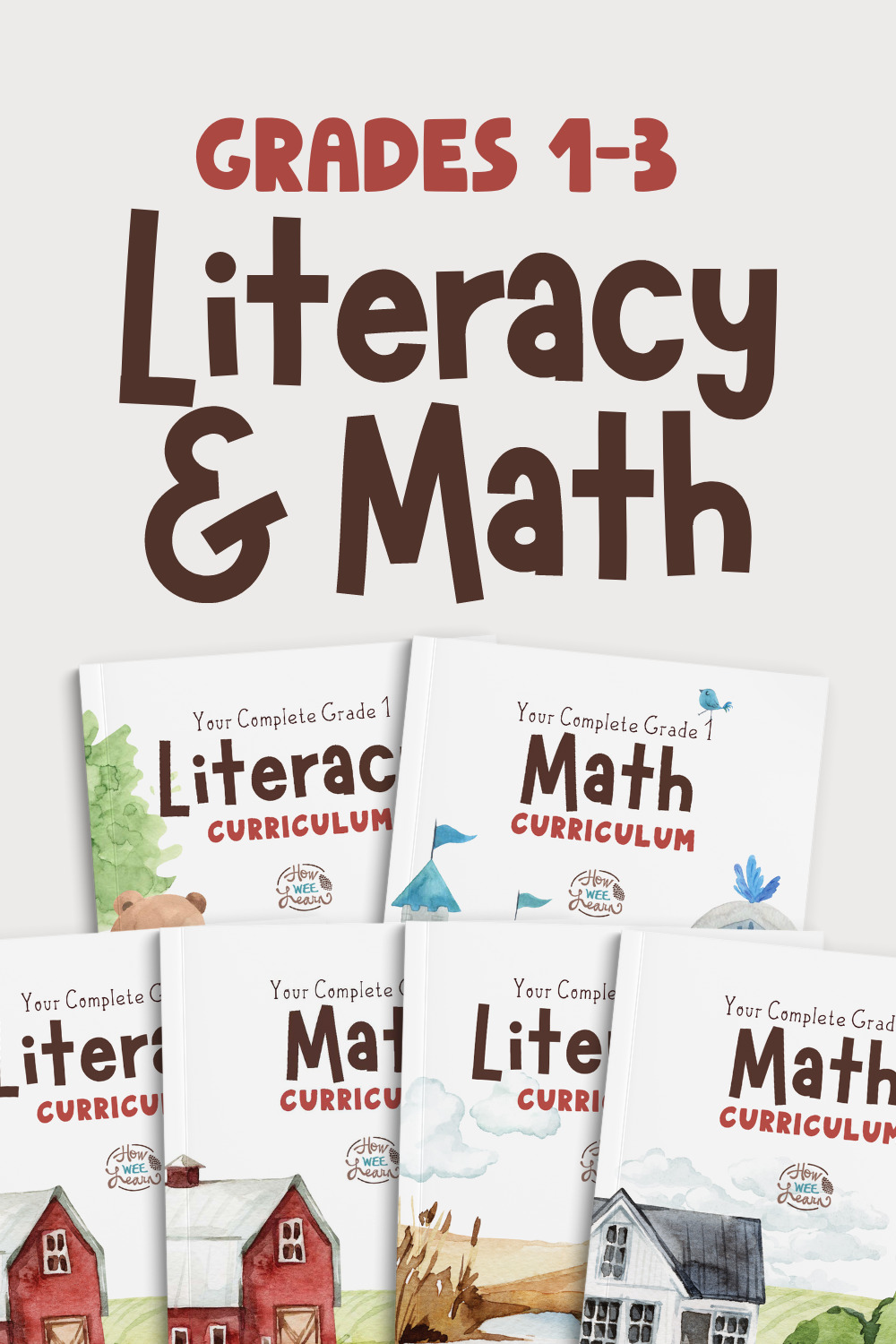

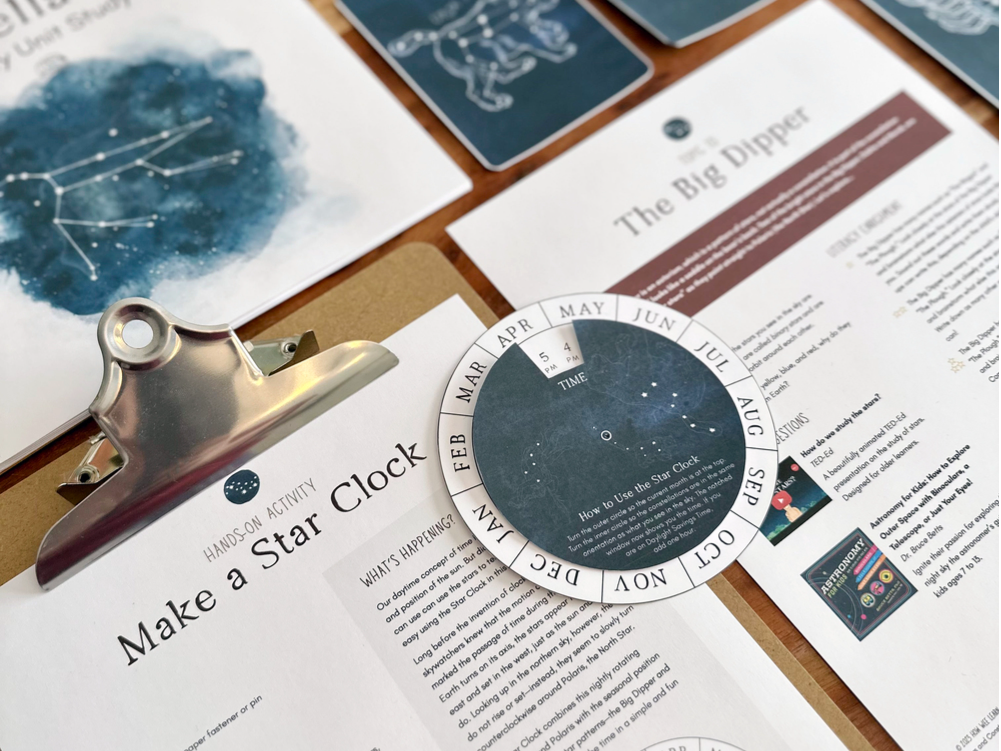
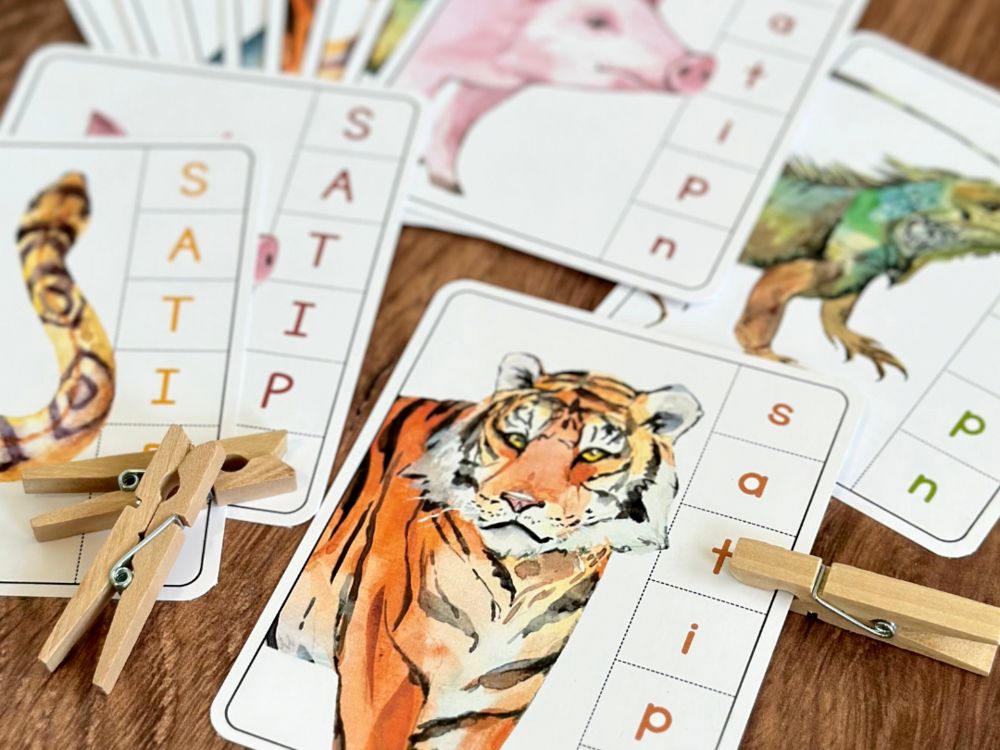
Leave a Reply